

A recent story in Thepaper.cn detailed a stylist's project to explore the way Chinese people have been photographed over the past 100 years. The project uses make-up, clothing and hairstyles to depict various eras.
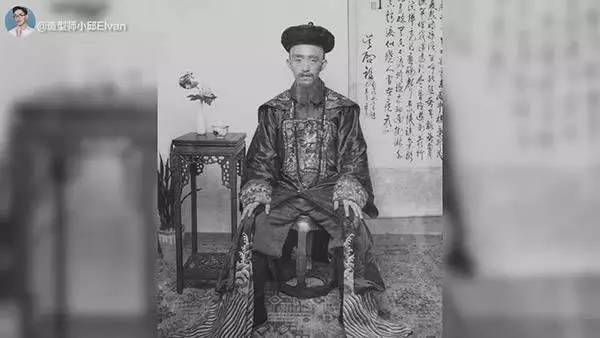
1910s (end of the Qing Dynasty): Subjects wore robes and imperial hats with traditional decorations, sitting properly in perfectly straight clothing.
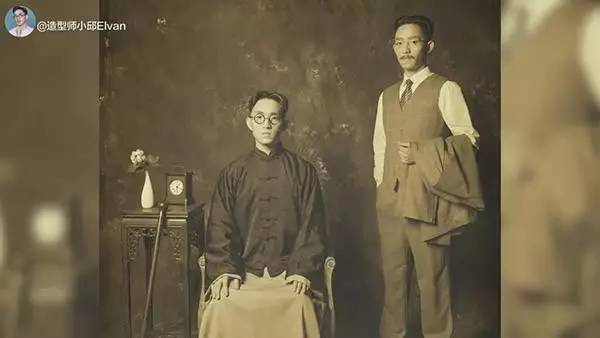
1920s (Republic of China): Subjects wore Western-style clothing or a traditional long gowns and jackets.
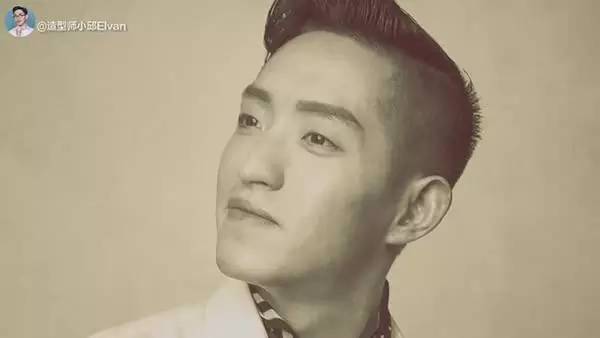
1930s: High-spirited and vigorous, wearing a scarf and showing off shiny hair.
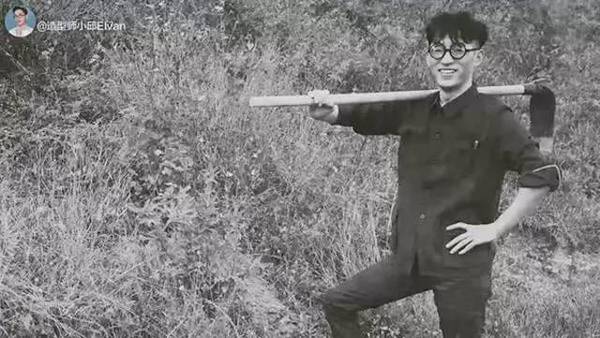
1950s (founding of New China): Images glorified labor.
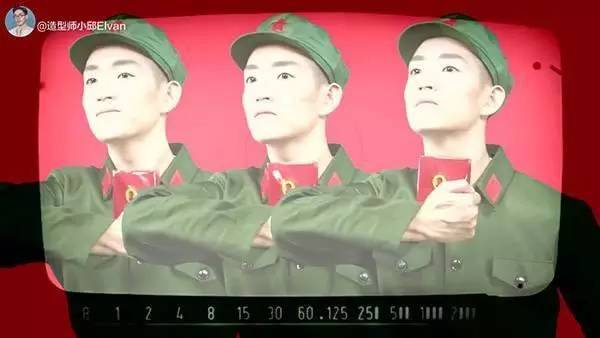
1960s-1970s: Influenced by the culture of learning from Lei Feng, who was a soldier of the People's Liberation Army (PLA) and is now a cultural icon in China symbolizing selflessness, modesty, and dedication, people often brought the “little red book” when sitting for photos.

1980s: Radios, enjoying extreme popularity, were often placed on the shoulders of subjects.
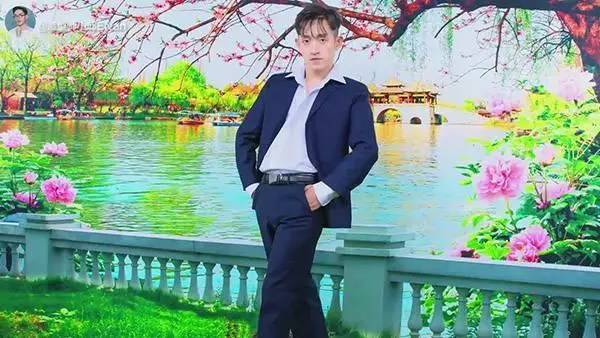
1990s: Seemingly fake backgrounds and exaggerated poses became popular.

2000s: So-called SMT hairstyles with photo sticker frames were popular.
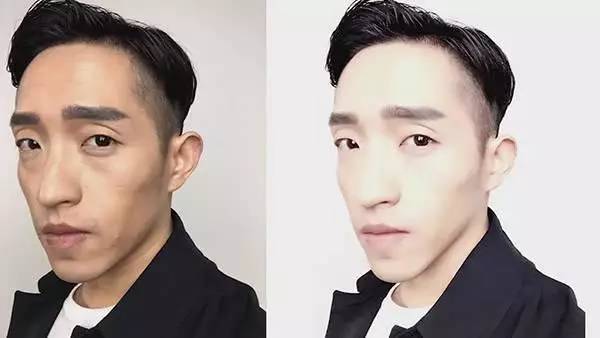
Post-2010: Photos today are usually processed using various beautification softwares.

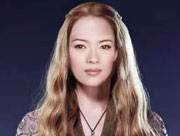 Who Will Fit The Chinese Roles In Game Of Thrones?
Who Will Fit The Chinese Roles In Game Of Thrones? China's Hubei Shennongjia added to World Heritage List
China's Hubei Shennongjia added to World Heritage List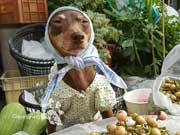 Cute Dog At Fruit Stand Becomes Latest Internet Sensation
Cute Dog At Fruit Stand Becomes Latest Internet Sensation Top 10 livable Chinese cities
Top 10 livable Chinese cities The last primitive tribe in China
The last primitive tribe in China China's first intelligent security robot debuts in Chongqing
China's first intelligent security robot debuts in Chongqing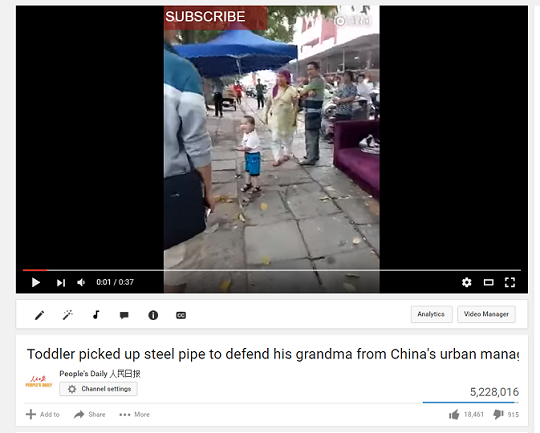 A Total of 3,552 Subscribers Vanish In Two Days; YouTube Closes All Doors to Users’ Inquiries
A Total of 3,552 Subscribers Vanish In Two Days; YouTube Closes All Doors to Users’ Inquiries Out of this world! Futuristic UFO-shaped yacht has its own garden and a stunning underwater viewing deck
Out of this world! Futuristic UFO-shaped yacht has its own garden and a stunning underwater viewing deck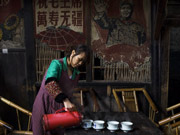 An old tea house in Chengdu
An old tea house in Chengdu Furious Customer Crushes All the Buns from Vendor Just Because He Was Given the Wrong Flavor
Furious Customer Crushes All the Buns from Vendor Just Because He Was Given the Wrong Flavor